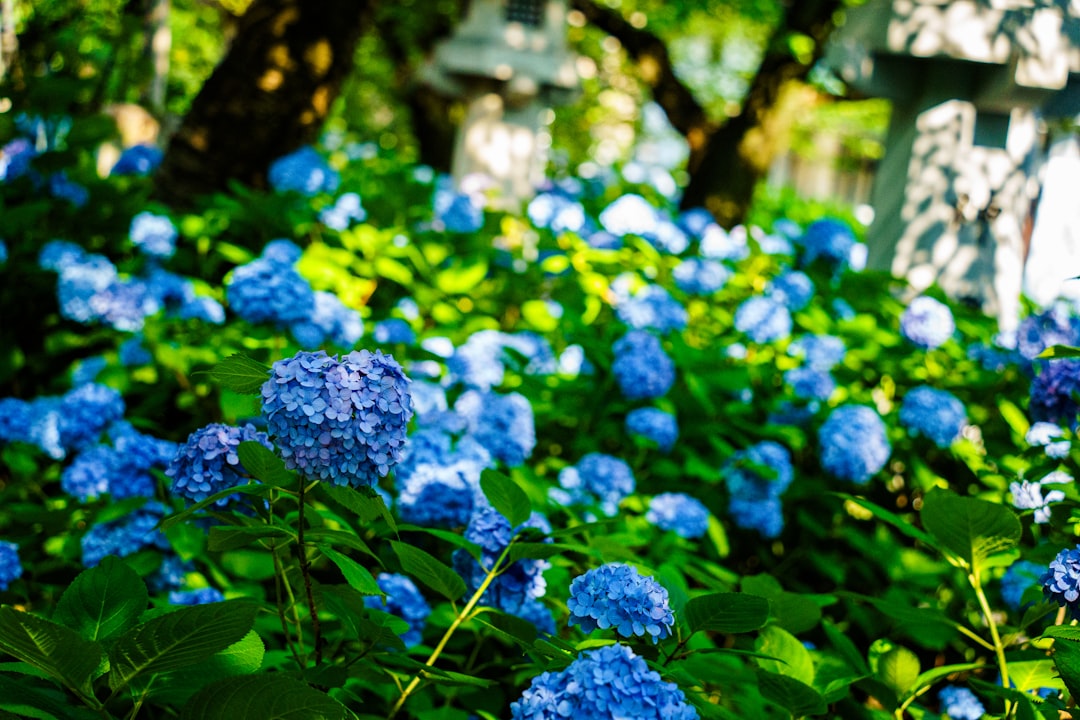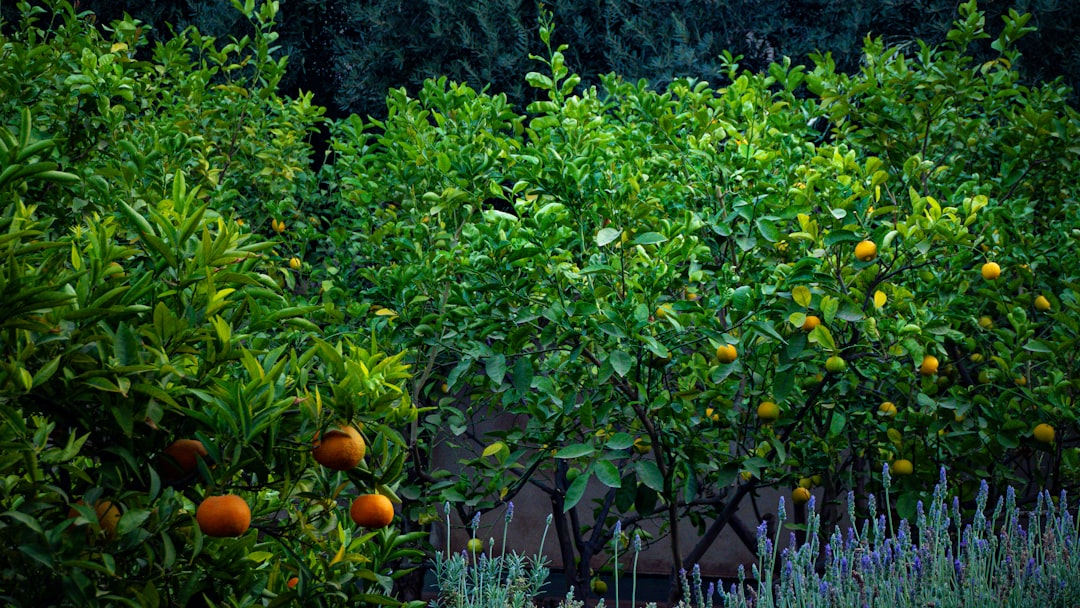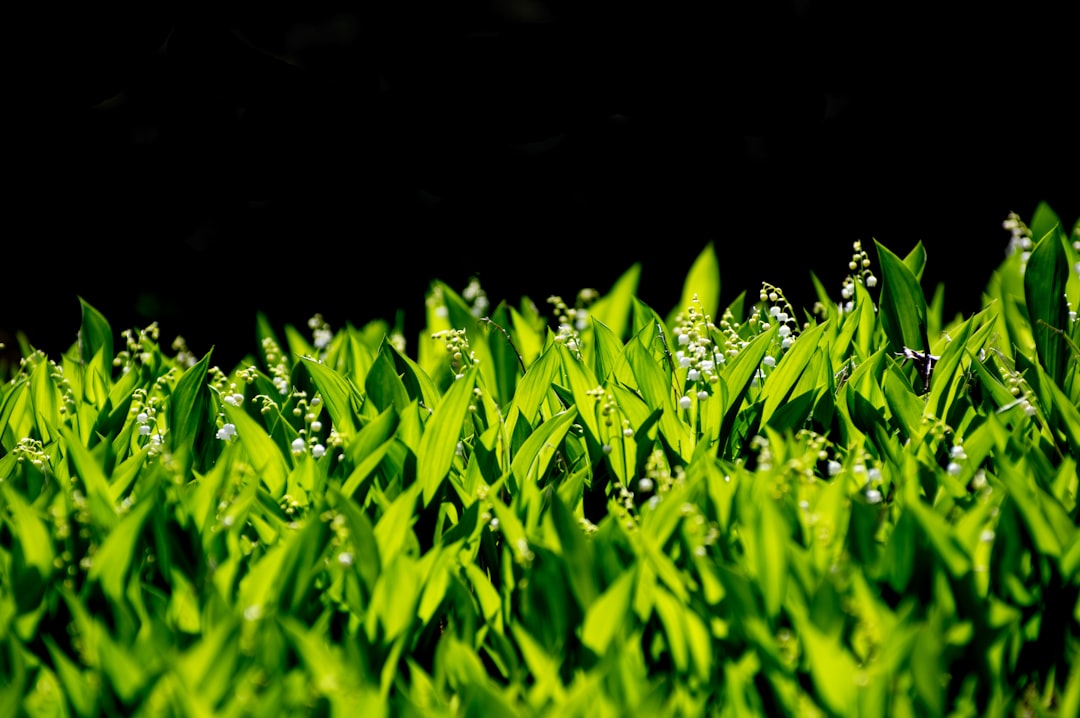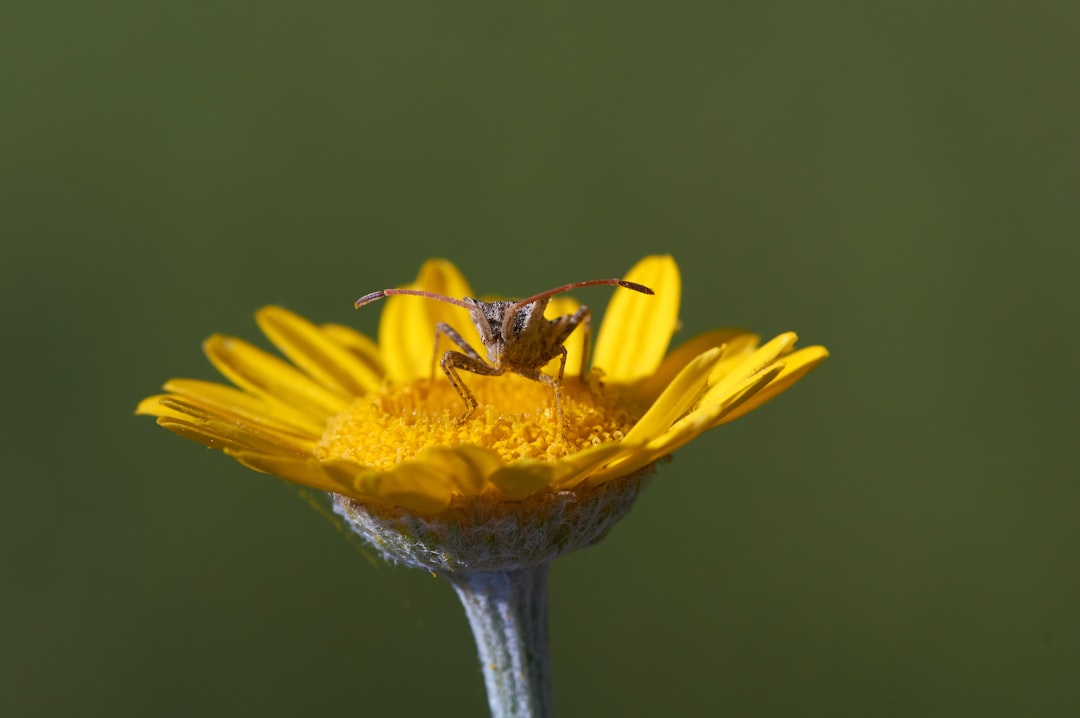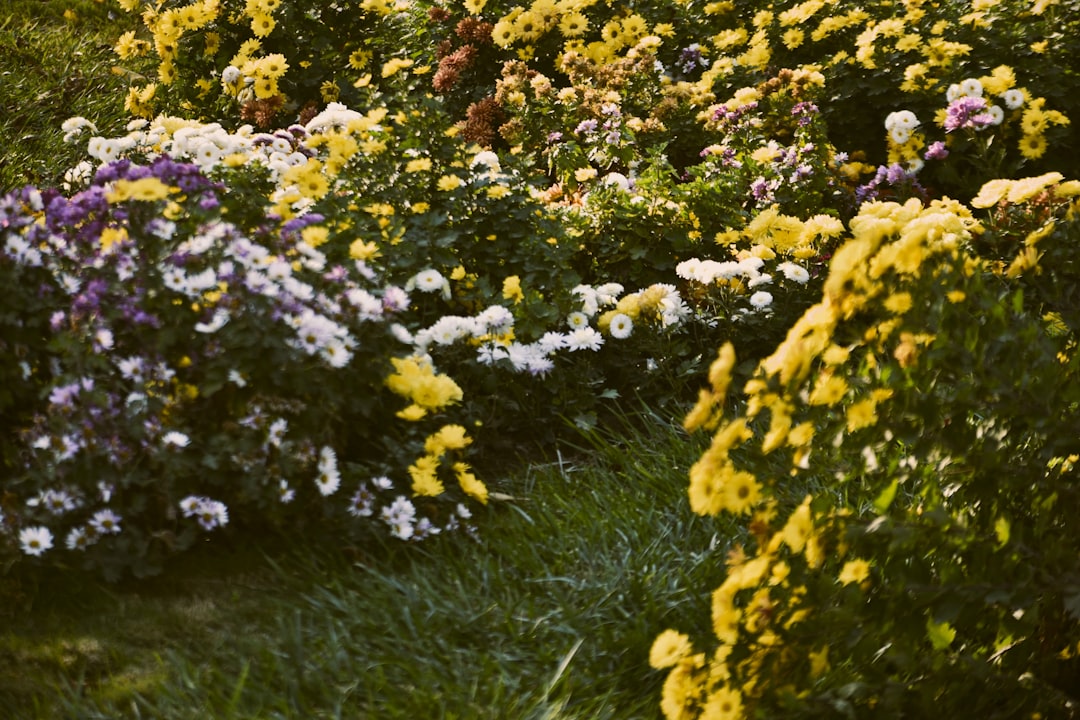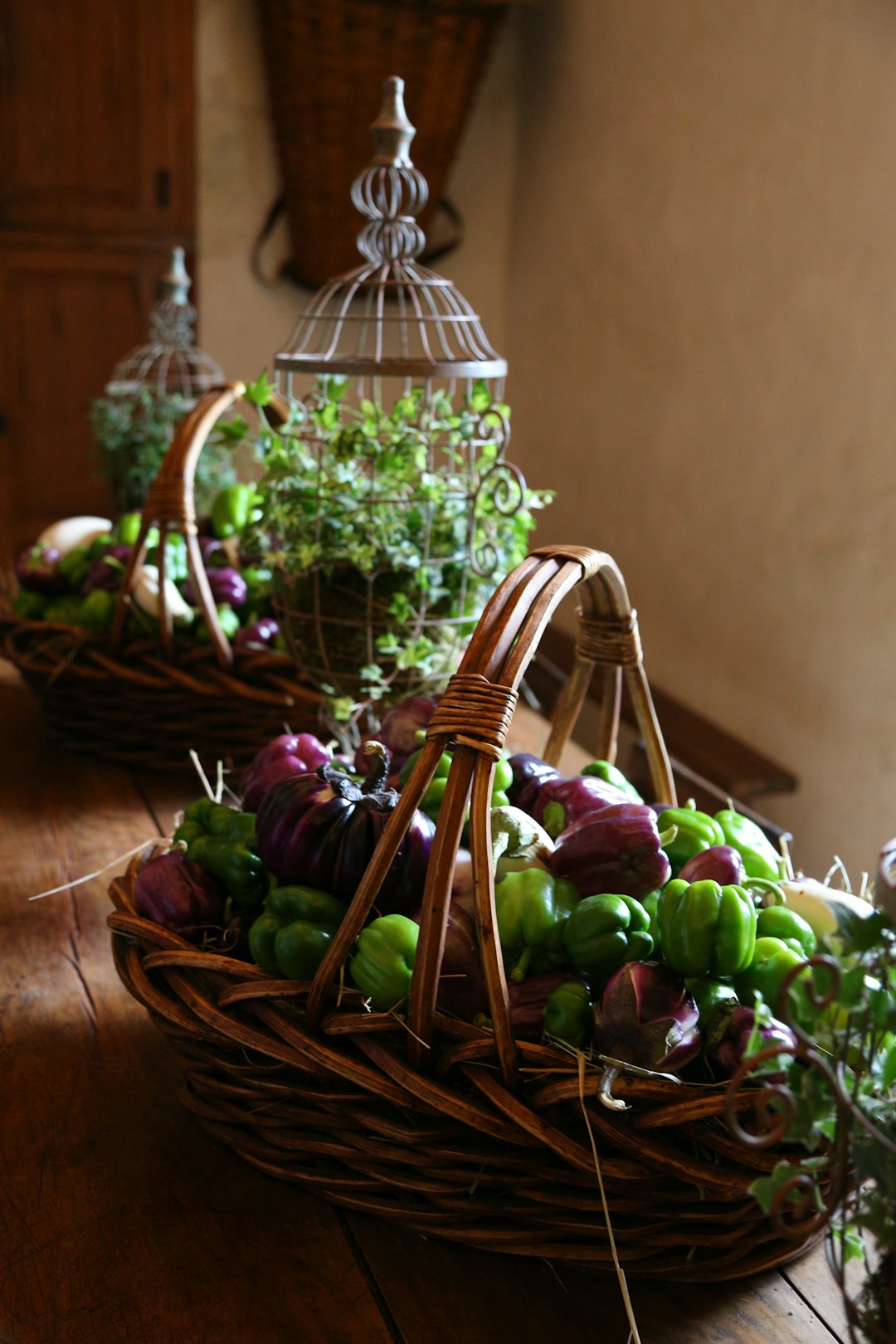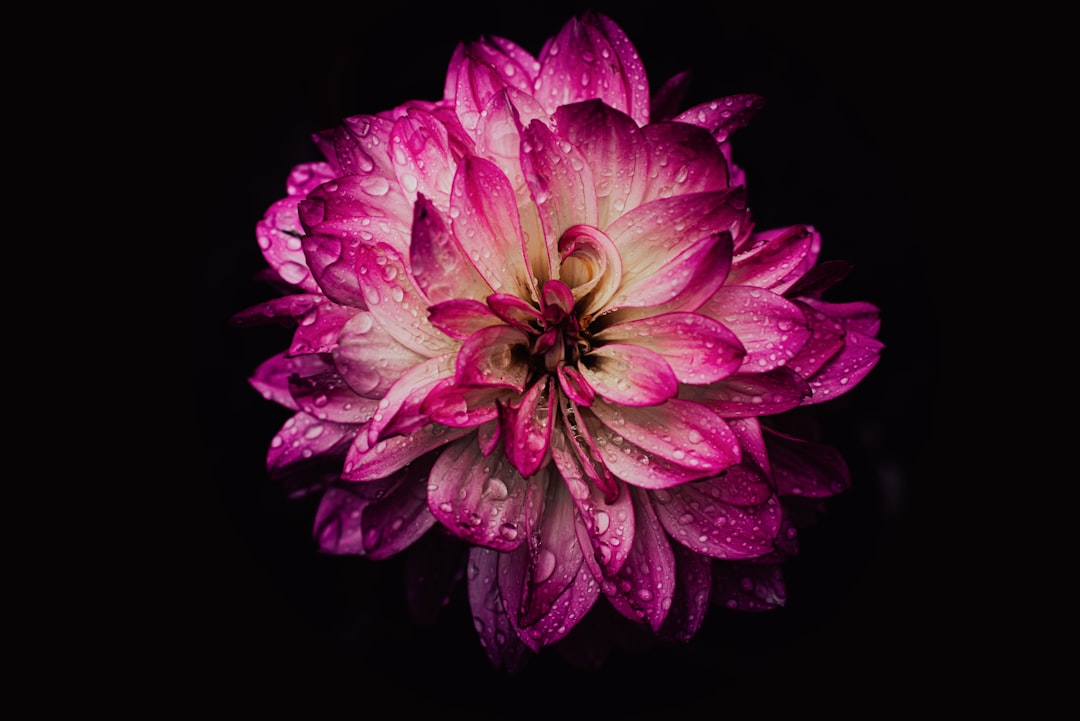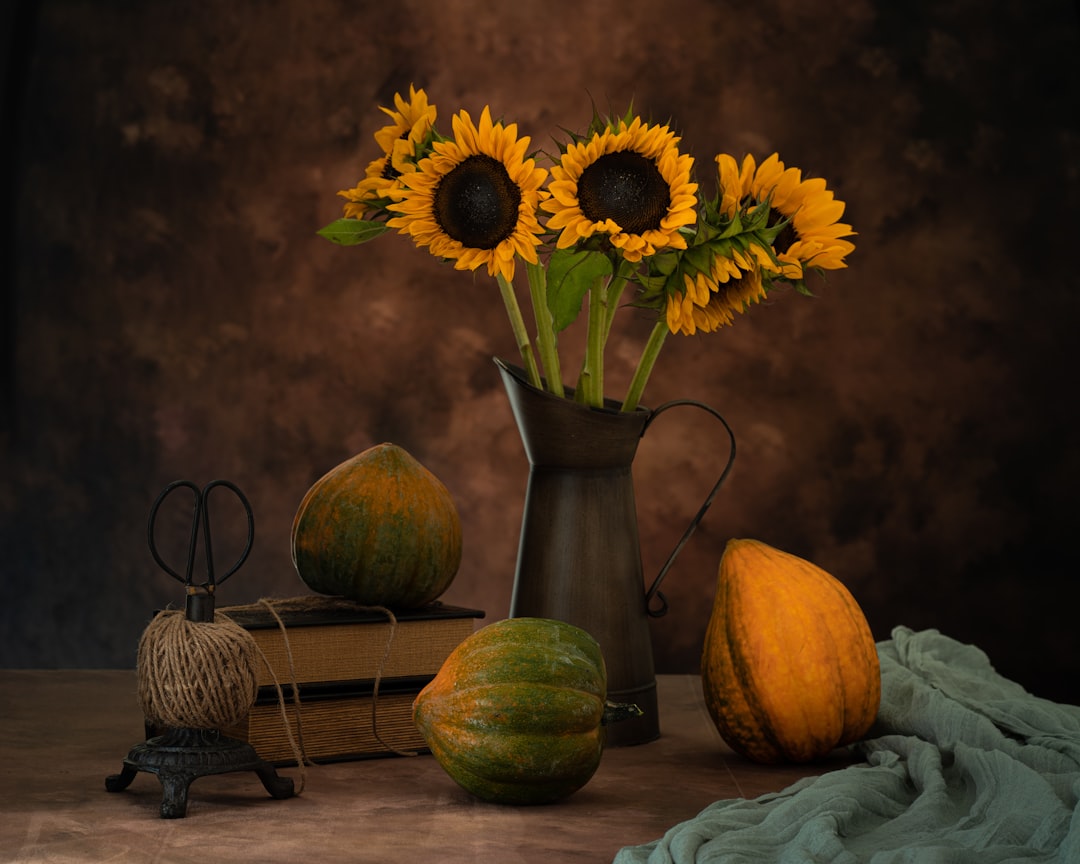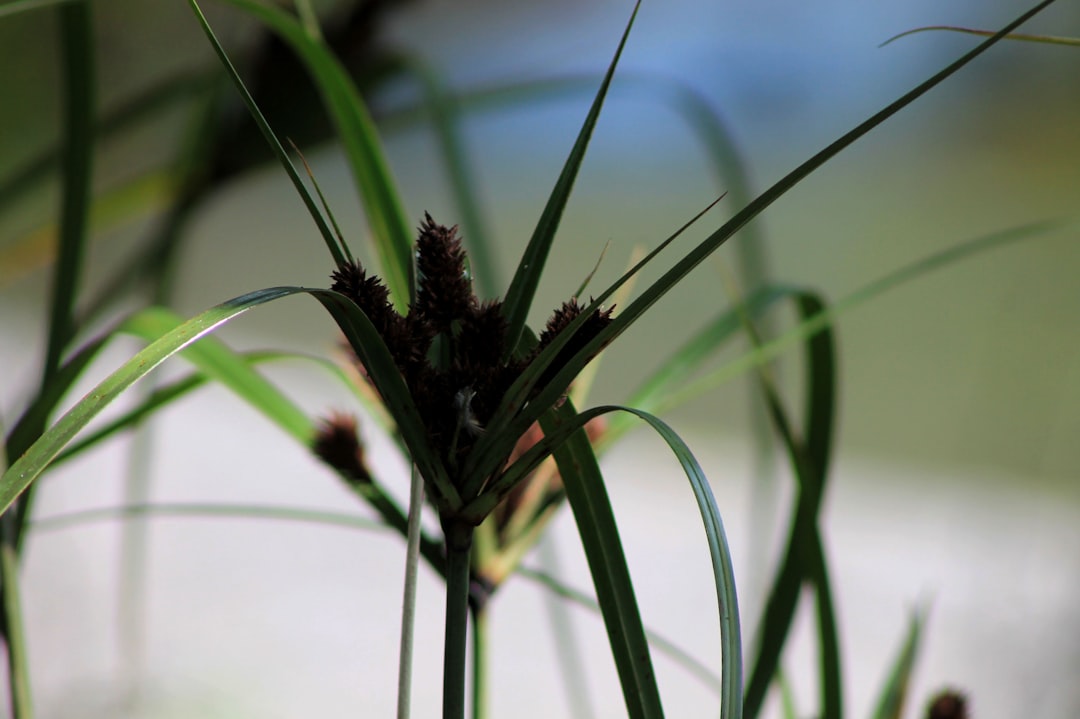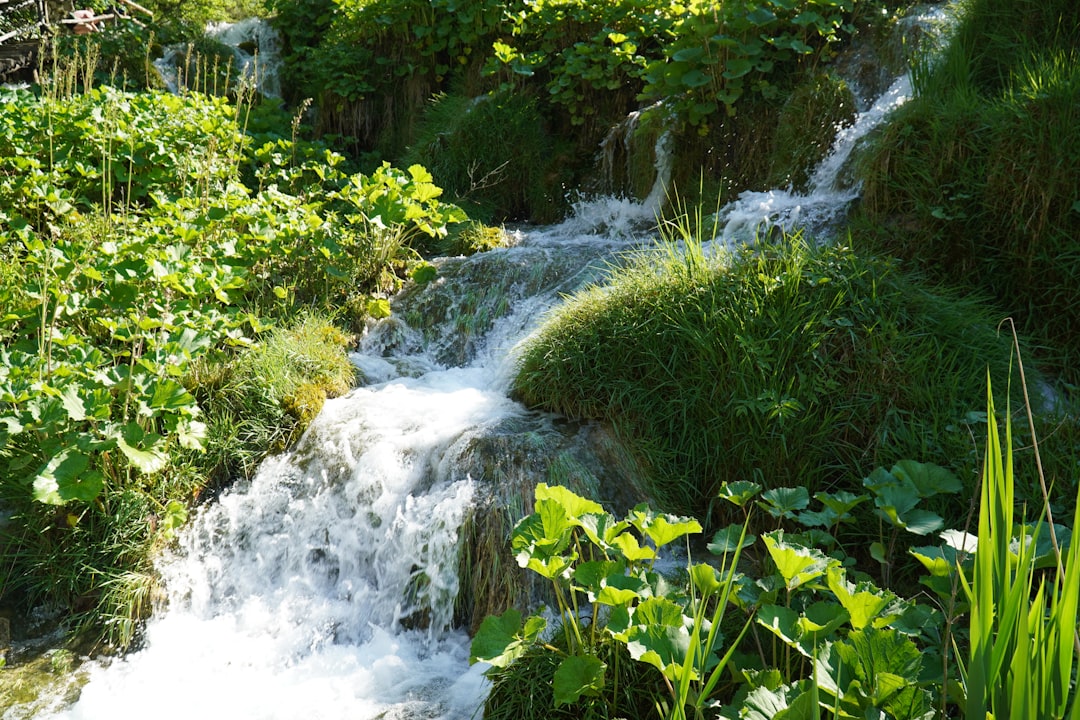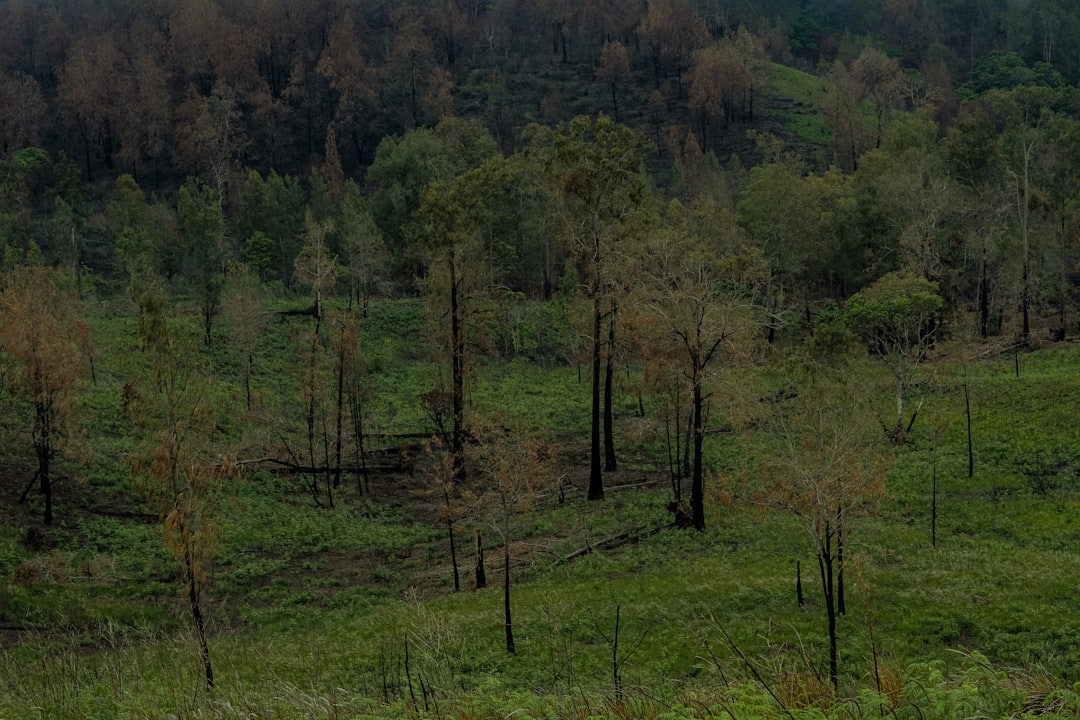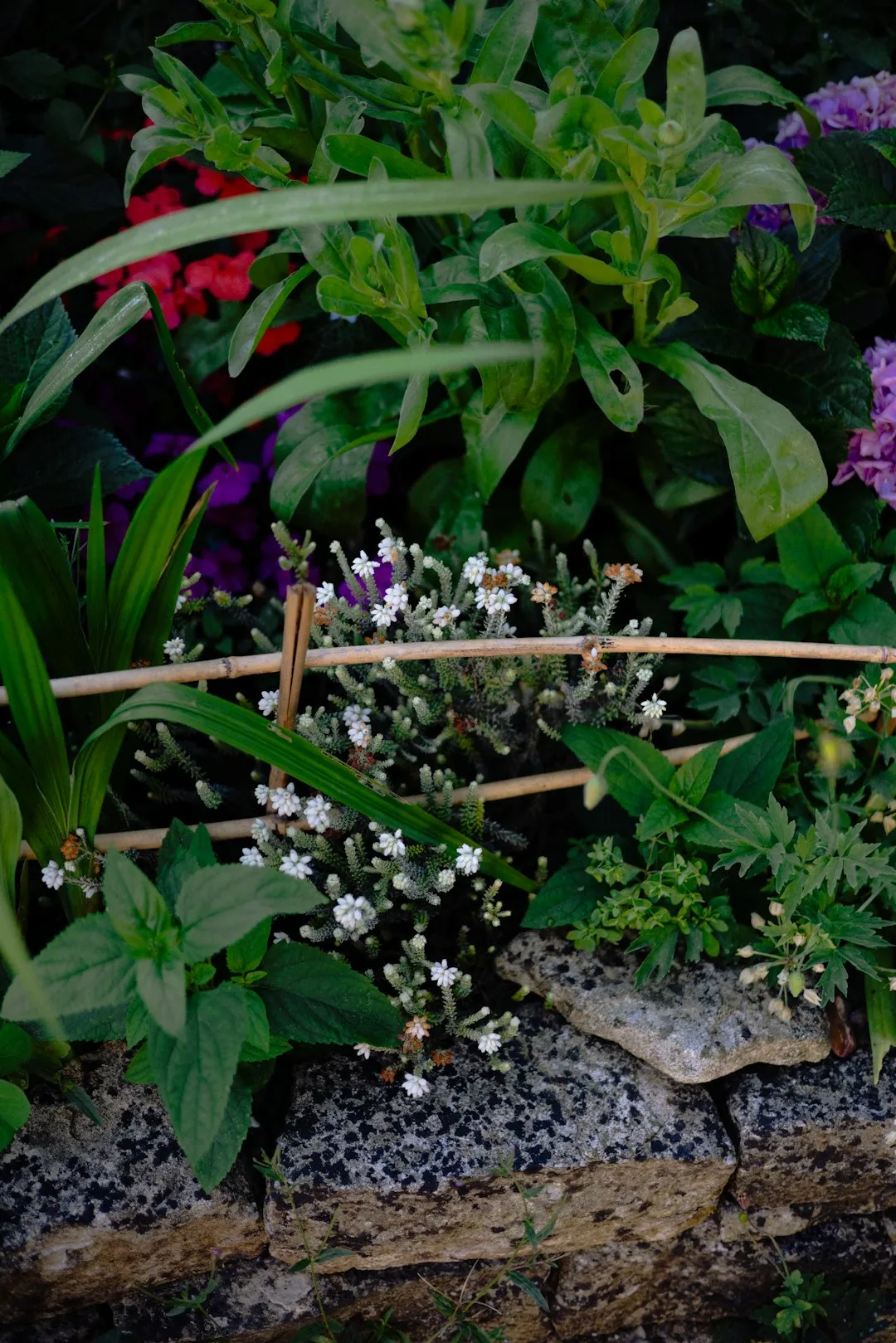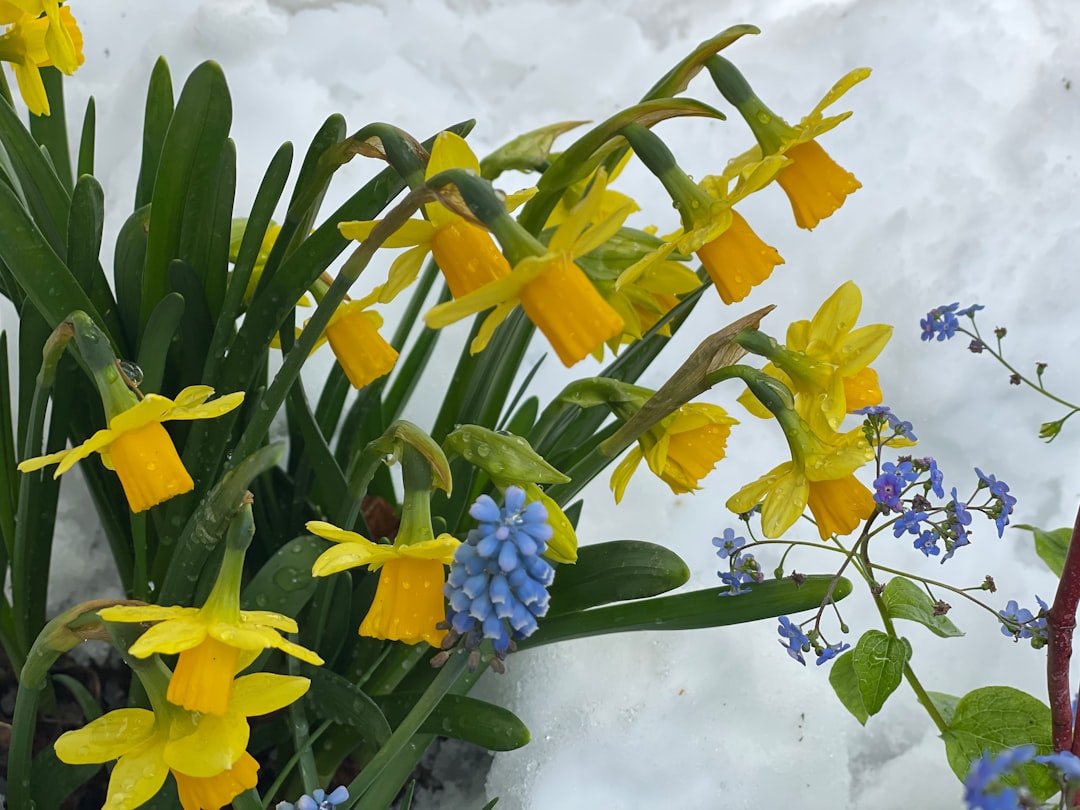
When it comes to caring for your yard, one of the most crucial factors that often goes unnoticed is the quality of the soil, specifically, how well - drained it is. Depending on what you have in your yard or planting beds, achieving well - drained soil can indeed take some work. But fear not, as we are about to embark on a journey to discover how to get that perfect well - drained soil for your gardening endeavors.
First and foremost, it's essential to understand why well - drained soil is so important. Plants need oxygen as well as water. In poorly drained soil, water tends to pool, which can lead to a lack of oxygen in the root zone. This can cause root rot, a condition that can severely damage or even kill your plants. Well - drained soil allows water to move through it at a reasonable pace, ensuring that the roots have access to both water and oxygen.
One of the initial steps in getting well - drained soil is to assess the current state of your soil. You can do a simple percolation test. Dig a hole about 12 inches deep and 12 inches wide in your yard or planting bed. Fill the hole with water and let it drain completely. Then, fill it with water again and time how long it takes for the water to drain. If it takes more than 24 hours, your soil has poor drainage.
If your soil has poor drainage, there are several ways to improve it. One of the most common methods is to add organic matter. Organic matter such as compost, well - rotted manure, or leaf mold can significantly improve soil structure. These materials help to break up heavy clay soils and increase the porosity of sandy soils. When you add organic matter, it creates spaces in the soil, allowing water to flow more freely.
For instance, if you have a clay - based soil, which is known for its poor drainage, adding a layer of compost at least 2 - 3 inches thick and working it into the top 6 - 8 inches of soil can make a huge difference. Compost contains a variety of microorganisms that help to break down the clay particles and create a more crumbly texture. This crumbly texture allows water to penetrate the soil more easily and also provides better aeration for the roots.
Another option is to install a drainage system. This can be particularly useful in areas where the soil has extremely poor drainage or where water tends to collect. A French drain is a popular choice. To install a French drain, you dig a trench that slopes away from your yard or planting bed. Line the trench with a geotextile fabric to prevent soil from clogging the drain. Then, fill the trench with gravel or crushed stone. The water will seep into the gravel and flow away from the area.
You can also consider raised beds. Raised beds are an excellent solution for areas with poor drainage. By building a raised bed, you can control the soil composition. You can fill the raised bed with a well - drained soil mix, which typically consists of a combination of topsoil, compost, and sand. The elevated nature of the raised bed also allows water to drain more effectively.
When choosing plants for your yard, it's important to select those that are suitable for your soil type. Some plants are more tolerant of wet conditions, while others prefer well - drained soil. For example, plants like iris and daylilies can tolerate slightly wetter soil, while plants like lavender and rosemary require well - drained soil. By choosing the right plants, you can work with your soil's natural drainage characteristics rather than against them.
Maintaining well - drained soil is an ongoing process. Regularly adding organic matter to your soil can help to keep it in good condition. You can also avoid over - watering your plants. Over - watering can lead to waterlogging, even in well - drained soil. Use a soaker hose or drip irrigation system to water your plants slowly and directly at the root zone. This helps to ensure that the water is absorbed by the soil rather than running off.
In conclusion, getting well - drained soil is a key aspect of caring for your yard. By understanding the importance of well - drained soil, assessing your soil's current state, and taking appropriate measures such as adding organic matter, installing a drainage system, or using raised beds, you can create an ideal environment for your plants to thrive. With a little effort and the right techniques, you can transform your yard into a beautiful and healthy garden.
